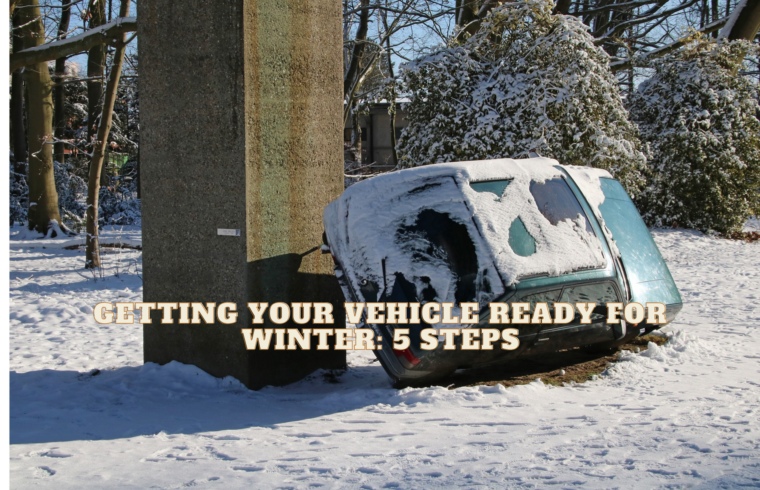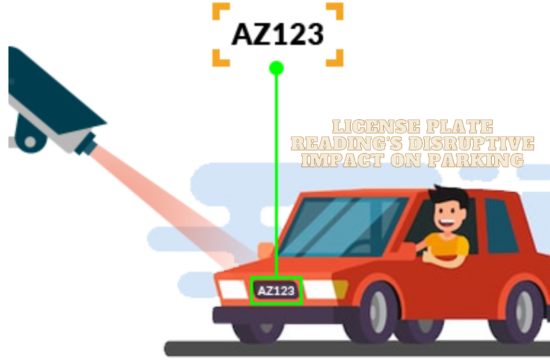We’re moving into the cooler seasons. Especially residents know that winter can come in a heartbeat. Is your car ready for it?
If not, now may be the time to start planning. To help you in that process, here are 5 tips you can follow to ensure you and your vehicle remain safe while preparing your car for winter.
Ensuring Safe Traction on Tires
Ensuring safe traction on tires is critical for winter preparedness. It helps your vehicle maintain grip on icy or snow-covered roads, reducing the risk of accidents. Proper tire traction enhances stability and control, ensuring a safer and more confident driving experience in winter’s challenging conditions.
Antifreeze Status Report
Checking your car’s antifreeze status is crucial for winter preparation. Adequate antifreeze prevents your engine from freezing in cold temperatures and protects it from corrosion. This simple check ensures your vehicle runs smoothly and avoids costly damage. It’s a vital part of maintaining your car’s health during the winter season.
Wiper Blades: Ready to Go
Ensuring your wiper blades are ready for winter is essential for safe driving. Properly functioning wipers clear snow and ice from your windshield, providing a clear view. This helps you navigate safely and avoid accidents in challenging winter conditions, enhancing your overall driving experience during the colder months.
Brake Health Inspection
Conducting a brake health inspection is crucial to prepare your car for winter. Cold weather can affect brake performance. Ensuring your brakes are in top condition improves your ability to stop safely on icy or snowy roads. It enhances overall road safety during winter, preventing potential accidents and ensuring a worry-free driving experience.
Don’t Risk Empty Tanks
Not risking empty tanks is a vital part of winter car preparation. Cold weather can cause condensation in a nearly empty gas tank, leading to fuel line freeze and starting problems. Keeping your tank adequately filled helps prevent these issues, ensuring your vehicle starts reliably in winter conditions, keeping you safe and mobile.





